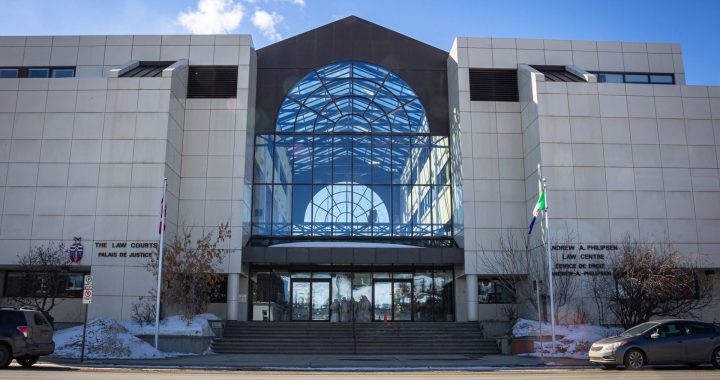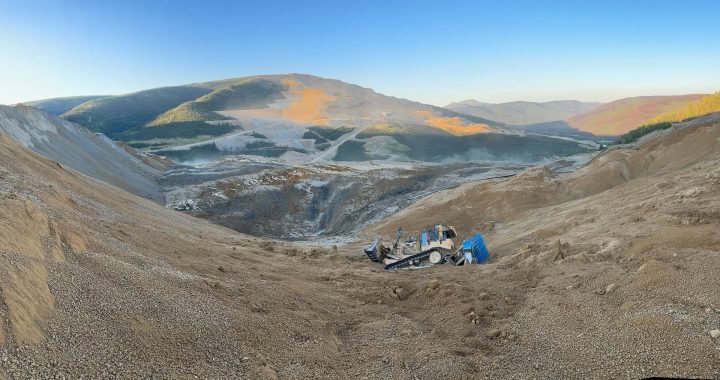By Cullen Crozier
APTN Investigates
Measures to address the ongoing public concern over the clean-up of Yellowknife’s infamous Giant Gold Mine – namely the freezing of over 237 thousand tones of arsenic trioxide buried at the site – are being finalized by the project’s proponents – the federal and territorial governments.
The recommendations are the result of a five-year-long environmental assessment undertaken by the Mackenzie Valley Environmental Review Board (MVERB) to help mitigate the significant adverse environmental impacts surrounding the project.
“We provided a lot of very strong evidence and we were very pleased when the report came out to see a lot of our concerns and issues recognized,” says Kevin O’Reilly of Alternatives North – a Yellowknife based social justice coalition. “Most of our ideas about solutions were actually accepted and adopted by the Review Board.”
In a letter to the MVERB and in response to the report, Aboriginal Affairs Minister Bernard Valcourt laid out the future objectives as, “successful remediation of this contaminated site, transparency of government actions for all those affected by the contamination, and balancing the sense of urgency with an equal sense of due diligence.”
“I think it’s an example of an environment assessment that actually works,” says O’Reilly. “People came out, participated, felt like they had an opportunity to give their say and that they were heard and that their concerns and issues were reflected and acted on by the review board.”
So far the feds have tentatively accepted 17 of the 26 measures outright, including:
- changing the focus of the project to a 100-year timeframe rather than perpetual care;
- the continued investigation and public reporting on long-term funding options;
- the design and implementation of a broad human health monitoring program focusing on arsenic; and
- ongoing consultations with the city and Yellowknives Dene First Nation to determine suitable end uses of the site.
The federal response comes as a welcomed relief and surprise to community members like O’Reilly – who up until a few weeks ago had no idea which, if any of the measures were going to be accepted – following an earlier analysis by the Giant Mine Remediation Team. That report concluded that many of the measures were outside the scope of the project, would cause unnecessary delays and increase the overall costs.
“It was a very tough struggle at times but we finally have some very good news,” said the environmental watchdog. “We are much relieved that the ministers have accepted virtually all of the recommended measures, with some minor wording changes.”
The changes that O’Reilly is referring to have to do with some of the bigger ticket items like human health risk assessment, water monitoring and perhaps most importantly – an environmental agreement that would provide for the creation of an independent oversight body for the project.
“There is still lots of work to do to finalize the wording of some of the measures and then to get back to the negotiation of the Environmental Agreement,” says O’Reilly.
The final measures still have to be signed off on by the federal government: once that happens they will be legally binding.
For more information, watch tonight’s episode of APTN Investigates.











